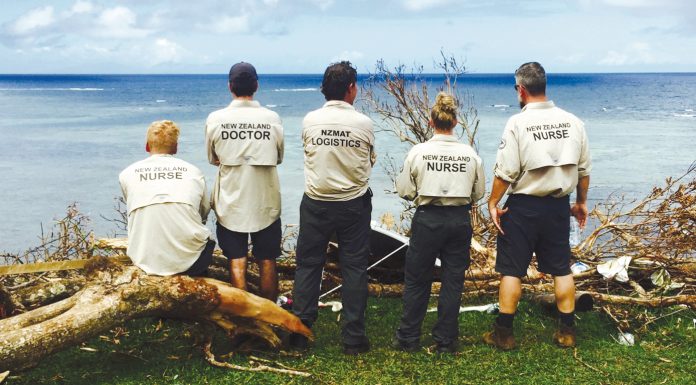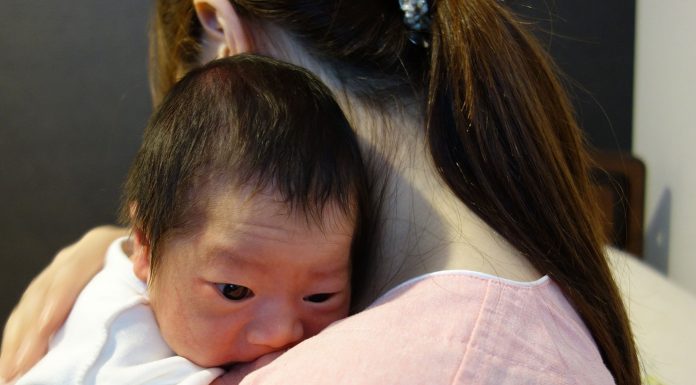But no single strategy would be enough if New Zealand was to stop the gap between nursing supply and projected demand from New Zealand’s ageing population, which will grow by 150,000 by 2035.

The Future Nursing Workforce: Supply Projections 2010-2035 report, recently released by the Nursing Council, says nursing graduate numbers would need double by 2035 to stop that projected nursing shortfall scenario
The report, commissioned from economic research firm, BERL, says action is needed quickly as the lack of clinical placements currently restricting nursing student numbers would “inevitably result in nursing shortages without a supply/side intervention by 2015”.
Reed says the one positive was that the research had been commissioned now, so there was a “little bit of time” to do some planning including looking at boosting student numbers in the future.
“I realise that this (report) comes out at a very difficult time as there are graduates who are saying they aren’t getting employment – yet we’re saying we are going to have a (nursing) shortage.”
“One of the challenges, which I think is quite an immediate challenge, is how do we not waste all the resources that have gone in from those (new graduate) nurses to get them to registration and all the resources we have invested in them as a country,” says Reed.
“We need to capitalise on that. These young people are the future for our profession.”
She didn’t think that increasing nursing graduate numbers was the total answer or that “any one strategy alone would be enough” to meet the projected shortfall scenarios. Instead, Reed believed the next step was to build a comprehensive plan involving a range of strategies. Part of that plan would be to explore recruitment strategies that promote nursing as an attractive profession and ensure secondary school students were taking the right subjects to follow a nursing career. Particular strategies would focus on increasing Māori and Pacific recruitment to have a workforce that better reflects New Zealand’s ethnic make-up.
A plan would also look at retention, including follow-up of the council’s recent cohort research to learn why a number of nurses were no longer actively nursing within five years of registration. Other areas to be looked at included the current model of care and how effectively New Zealand integrated its international nursing workforce into the workplace.
Reed said if increasing the number of nursing graduates was to be a major answer, there would need to be high level conversations with Tertiary Education Commission about lifting the funding cap and with the Nursing Council about working with nurse educator groups to look at their issues, including an ageing faculty and the lack of clinical placements.
The latter could include reviewing the council’s stand on not allowing clinical simulation hours to count towards the 1100 clinical experience hours required by all students. Reed said the council was also awaiting the findings early next year of research undertaken by the USA’s National Council of State Boards of Nursing into using simulation in undergraduate nursing programmes.
“We prefer to make decisions based on evidence, not just putting a wet finger in the air (to test which way the wind is blowing).”
Reed said the development of strategic workforce plan for nursing would require a real team approach from Health Workforce New Zealand, the Office of the Chief Nurse, national nursing organisations, educators, employers, and the Nursing Council as the profession’s regulator.
She said having the “big picture” of nursing demographic trends had also encouraged the council to look to specific groups, with one example being perioperative nurses, where 23 per cent were over 60 and a “measly” three per cent were in their 20s. Reed presented the statistics to a recent conference of perioperative nurses, who were now keen to look at strategies to respond to their ageing workforce.






















